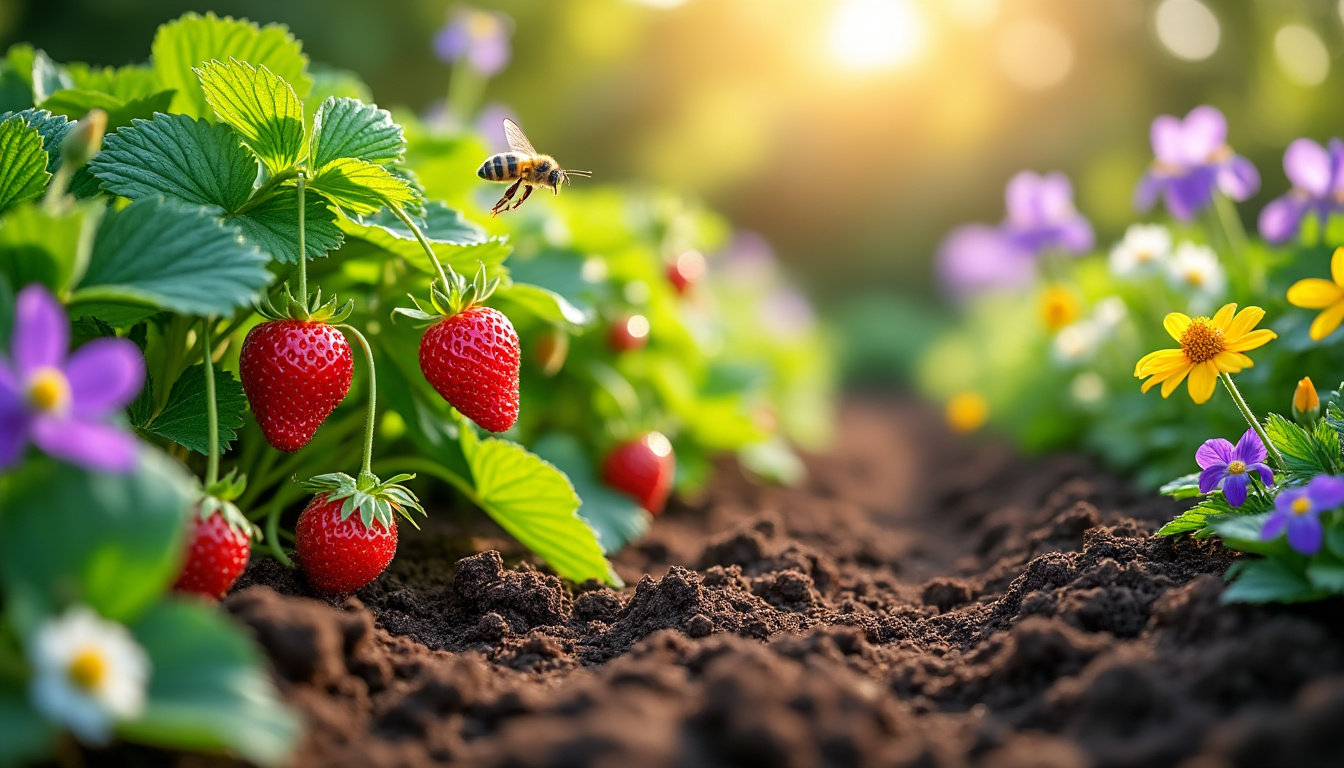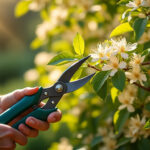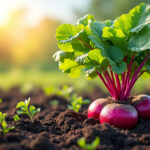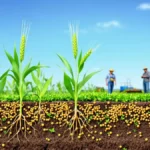For those eagerly anticipating the delight of fresh strawberries, understanding when to plant these irresistible fruits is crucial for achieving the best harvest. In warm climates like Texas, timing can make all the difference. With optimal planting from September to October allowing for better spring yields, let’s dive into best practices for cultivating your strawberries.
If you’re contemplating a strawberry garden, this season brings the perfect opportunity to set your plans in motion. Strawberry plants, particularly the popular June-bearing varieties, flourish under cooler temperatures, providing essential chill hours that enhance bud development and subsequently boost fruit production. Indeed, knowing how to cultivate these delectable berries is an enjoyable journey!
Timing your strawberry planting for optimal results
Many home gardeners might think of spring as the primary time for planting strawberries. However, an expert from Texas A&M AgriLife Extension Service, Dr. Russell Wallace, emphasizes that the cooler autumn months, specifically October, yield the best results. This timing allows plants to establish themselves before the intense heat of summer descends.
The advantages of fall planting
Fall presents favorable conditions for strawberry growth. The moderate temperatures offer the perfect environment for these Fragaria plants to take root. If you’re planting in regions like Texas, October’s usual daytime temperatures averaging 72-75°F create ideal conditions for initial growth.
Although it’s possible to purchase strawberry plants in the spring, they often suffer due to the rapid heat increase. Keeping them shaded might mitigate some stress, but it’s still not ideal. Therefore, planting during the cooler months ensures your strawberries receive the necessary care without overheating.
Planting location and care tips
When planning your strawberry patch, consider spacing for optimal growth. Ideally, aim for one plant per square foot to prevent nutrient competition, which can hinder berry size and abundance. Strawberry plants thrive in sandy soils rich in organic composition, with a pH ideally lower than 7. Soilless potting mixes can work, but regular irrigation is a must to avoid it drying out too quickly.
For those planting in containers, choose shapes that promote drainage and allow adequate root space. Strawberry urns and towers work exceptionally well in limited spaces, while robust pots can accommodate several plants together.
The best varieties for your strawberry fields
In Texas, several varieties are worth considering. June-bearing types produce larger berries but only once per season, making them perfect for canning or preserving. If you’re after continuous harvests, Everbearing varieties can provide fresh strawberries throughout much of the growing season.
| Strawberry Variety | Type | Harvest Timing | Characteristics |
|---|---|---|---|
| Chandler | June-bearing | Late spring | Large, sweet berries |
| Sweet Charlie | Everbearing | Summer | Small berries with exceptional flavor |
| Alpine Strawberries | Day-neutral | Continuous | Smallest but aromatic fruits |
Incorporating care into your schedule
Strawberries need dedicated attention throughout their growth. Continue to keep the soil moist during fall planting and control weeds and pests regularly. Fertilizing your plants in the fall will promote stronger growth, ultimately leading to abundant flowers and fruit come spring.
Expect your strawberry plants to begin producing blooms as early as January, with fruiting extending into the spring months. However, it’s essential to protect those blossoms from potential frost; utilizing row covers can safeguard your future harvest.
Combatting pests and diseases
As you nurture your strawberry plants, remember that they can attract pests and are susceptible to diseases such as botrytis mold. Regular checks for any signs of infestation or mold will help maintain the health of your garden. Should you notice infected berries, it’s best to dispose of them promptly to prevent further spread.
Final touches for the best harvest
When it comes time to harvest, ensure you wait until at least 75% of the berries are red for peak flavor and sweetness. Enjoy the fruits of your labor fresh, as they’re best consumed promptly after picking, sparing them from the fridge where they can lose their rich taste.
| Harvesting Tips | Harvest Time | Recommended Method |
|---|---|---|
| Check for color | Early spring to late spring | Pick when 75% red |
| Avoid refrigerating | Fresh consumption | Enjoy immediately |
| Keep clean | During harvest | Wash only before eating |
When to prune lavender for optimal growth and health?
Frequently asked questions about strawberry planting
Q: When is the best time to plant strawberries in Texas?
A: The optimal time to plant strawberries is from September to October to allow establishment before the heat of summer.
Q: What varieties of strawberries are best for containers?
A: Everbearing varieties like Sweet Charlie and smaller strawberry types like Alpine Strawberries thrive well in containers.
Q: How often should I water my strawberry plants?
A: It’s crucial to keep the soil consistently moist, especially during establishing months in fall.
Q: What are common diseases that affect strawberry plants?
A: Botrytis mold is common, especially under wet conditions, so it’s essential to monitor and remove infected fruits and flowers promptly.
Q: Should I fertilize my strawberry plants?
A: Yes, regular fertilization during the growing season promotes healthier plants and better fruit yields.
















